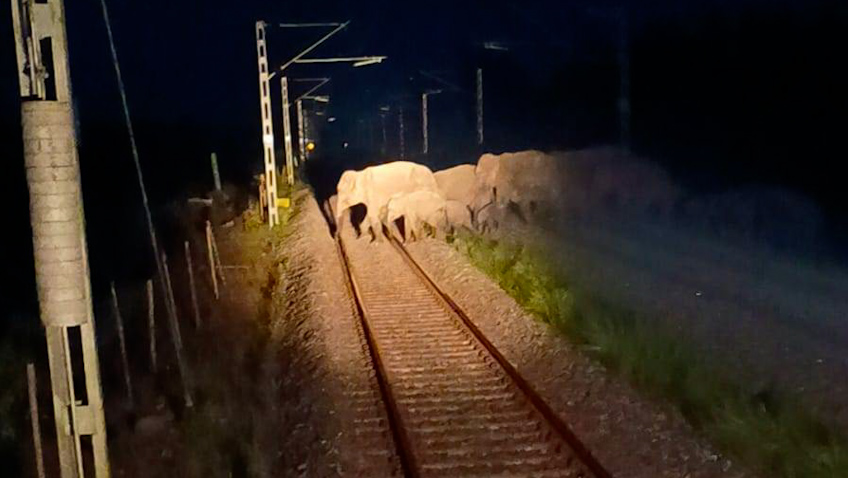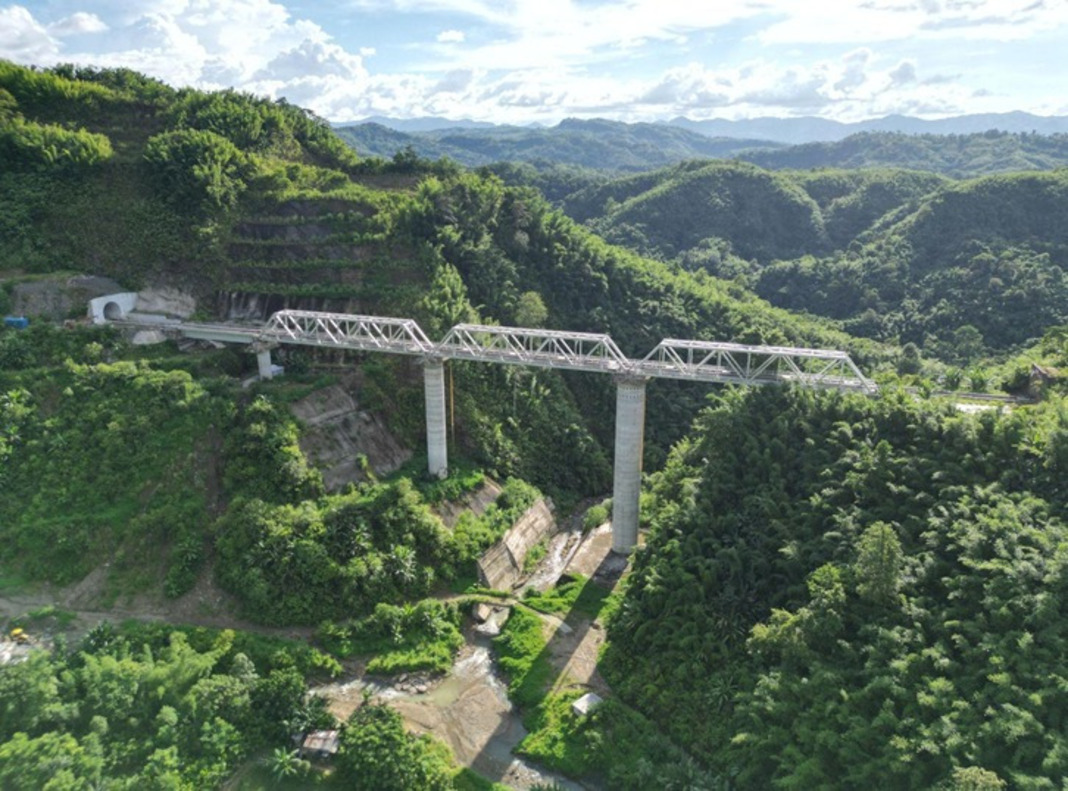Guwahati Oct 18: A train-elephant collision was avoided in Lumding, located in Assam’s Hojai district, thanks to AI technology that alerted the train pilots.
The alert prompted the pilots to stop the train in time, preventing a potentially disastrous accident involving wildlife.
An NF Railway spokesperson said loco pilot JD Das and assistant loco pilot Umesh Kumar of train no. 15959 Kamrup Express spotted a herd of about 60 elephants crossing the railway tracks between Habaipur and Lamsakhang station on Wednesday night.
“The train was en route from Guwahati to Lumding when the incident took place around 8:37 pm. Thanks to the quick response of the pilots, who applied the emergency brakes, a potential collision was averted, ensuring the safety of the elephants,” he said.
He said the prevention of this incident was aided by an Artificial Intelligence (AI)-based Intrusion Detection System (IDS), which alerted the train crew to the presence of the elephants. This innovative system has proven effective in identifying wildlife intrusions on railway tracks, significantly reducing the risk of accidents involving trains and animals.
“In a proactive measure for wildlife conservation, Northeast Frontier Railway (NFR) plans to gradually install the AI-based IDS across all elephant corridors within its network. This initiative has already shown success in protecting elephants and preventing train-related fatalities, highlighting the vital intersection of technology and wildlife conservation efforts,” he also said.
The Intrusion Detection System (IDS) is an innovative, eco-sustainable solution designed to protect elephants while enhancing train operations. Utilizing Artificial Intelligence (AI) and existing optical fibres as sensors, the IDS detects the movements of wild animals near railway tracks and sends alerts to control offices, station masters, gatemen, and loco pilots. The system employs a fibre optic-based acoustic mechanism that relies on the principle of dialysis scattering to monitor real-time elephant presence on the tracks. It can detect unusual movements up to 40 km on either side of the main unit, covering a total stretch of 80 km.
In addition to monitoring wildlife, the IDS is capable of detecting rail fractures, unauthorized trespassing, and potential hazards from unauthorized digging or landslides near railway tracks. This multifunctional capability significantly enhances the safety and efficiency of train operations.
To further improve visibility for train drivers, the NFR has taken measures to clear long bushes and dense forest areas along the tracks. NFR has also engaged in collaborative efforts with the Forest Department, forming a joint action force to address the movement of wild animals, particularly elephants, near railway tracks.
Impressively, in the calendar year 2023, NFR successfully saved a total of 414 elephants, with 383 elephants saved up to October 16.




